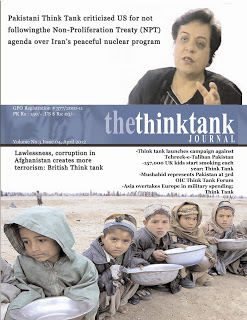In a bid to confront the imminent challenges posed by climate change, government-funded think tank I4CE has unveiled projections detailing the financial implications of adapting the French economy to a warming world. The estimates, disclosed recently, shed light on the anticipated costs and strategies required to fortify various sectors against the impacts of climate change.
Anticipated Costs and Projections
These projections precede the forthcoming presentation of the third iteration of the National Plan for Adaptation to Global Warming (PNACC), expected to be unveiled “in a few weeks,” as indicated by the staff of the Minister for Ecological Transition, Christophe Béchu. Based on the assumption of a warming trajectory of +2.7°C by 2050, the estimated costs for adapting the French economy range between €5 billion to €20 billion annually. However, due to the intricate nature of forecasting, precise estimations remain challenging, contingent upon factors such as stakeholder distribution, maintenance activities, and infrastructure lifespan.
Sector-wise Impact and Strategies
Buildings: With regards to building infrastructure, modifications are imperative to bolster resilience against heatwaves. The report suggests an annual investment of €1 to €2.5 billion for new constructions, coupled with additional funding required for retrofitting existing buildings to withstand climatic stresses.
Transport Infrastructure: Road and rail networks necessitate protective measures against heat-induced damages, translating into additional investment requirements ranging from “a few hundred” million euros to “a few” billion euros annually. These investments supplement existing allocations for adaptation measures in the transport sector.
Agriculture: The agricultural sector faces significant challenges in maintaining crop yields amidst changing climatic conditions. While the report estimates an annual investment of €1.5 billion to sustain crop productivity, the costs associated with implementing structural changes to agricultural models remain difficult to ascertain.
Insurance and Damage Mitigation
The escalating costs of climate-related damages underscore the imperative for robust insurance mechanisms and proactive damage mitigation strategies. In 2023 alone, French insurers disbursed over €6 billion in claims arising from climate-related disasters, signaling the pressing need for enhanced risk management frameworks and financial preparedness.
Challenges at the European Level
Expanding the scope beyond national borders, the European landscape presents a complex tapestry of adaptation challenges. Local variations complicate efforts to quantify adaptation costs at the European level, with estimates ranging from €35 billion to €500 billion annually until 2050. Despite existing climate adaptation strategies at the EU level, concerted efforts are deemed insufficient to adequately address the multifaceted challenges posed by climate change.
Conclusion
As the specter of climate change looms large, proactive adaptation measures emerge as the cornerstone of resilience-building efforts. Collaboration among governmental bodies, stakeholders, and international entities assumes paramount importance in charting a sustainable path forward. By prioritizing adaptation initiatives and fostering a culture of preparedness, nations can mitigate the adverse impacts of climate change and pave the way for a more resilient and sustainable future.




